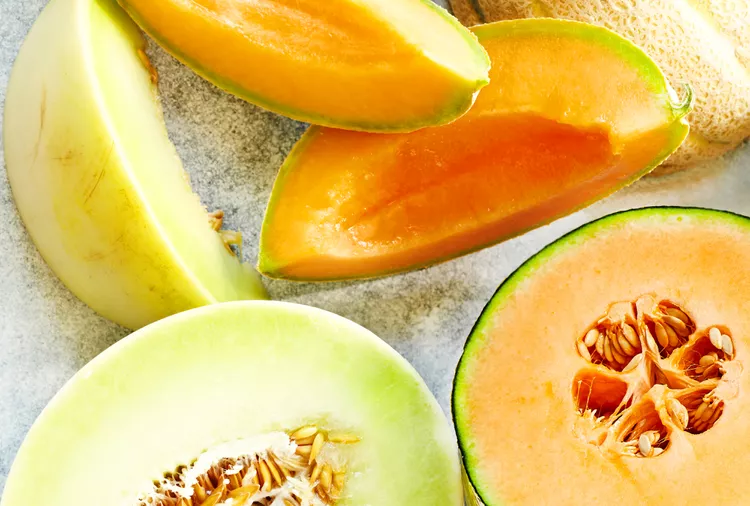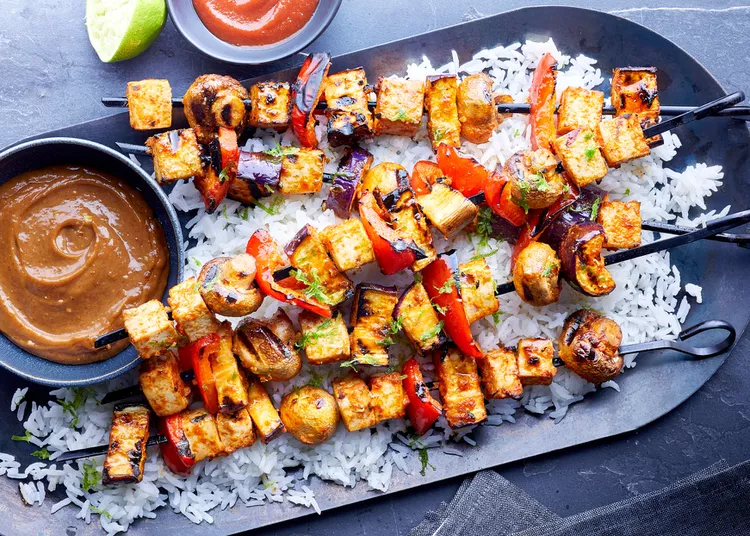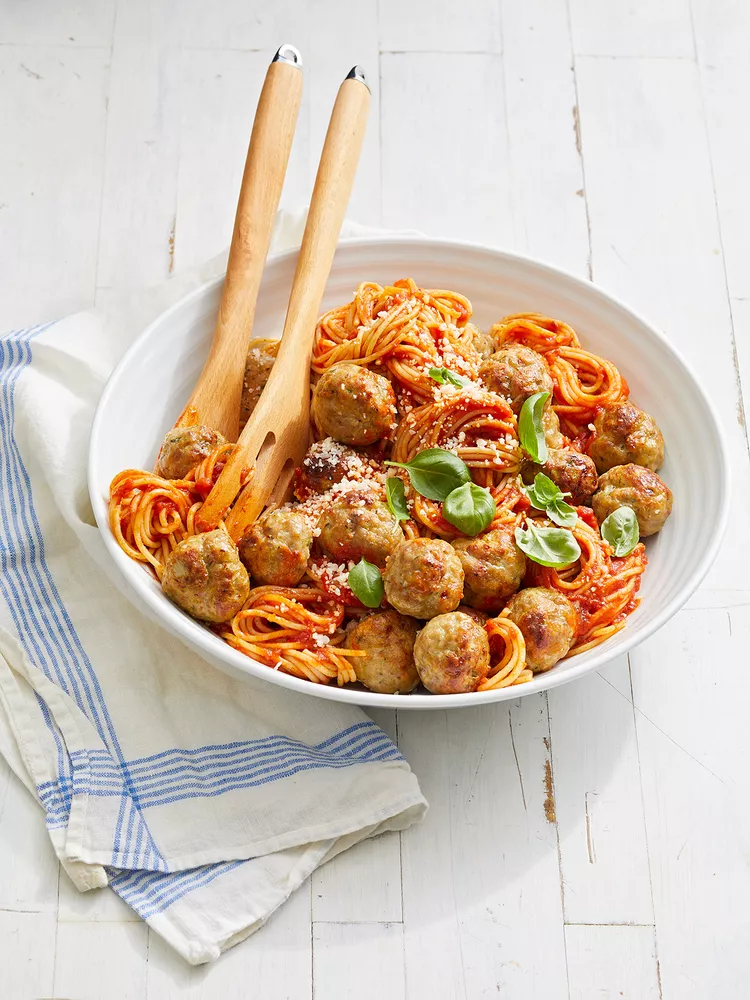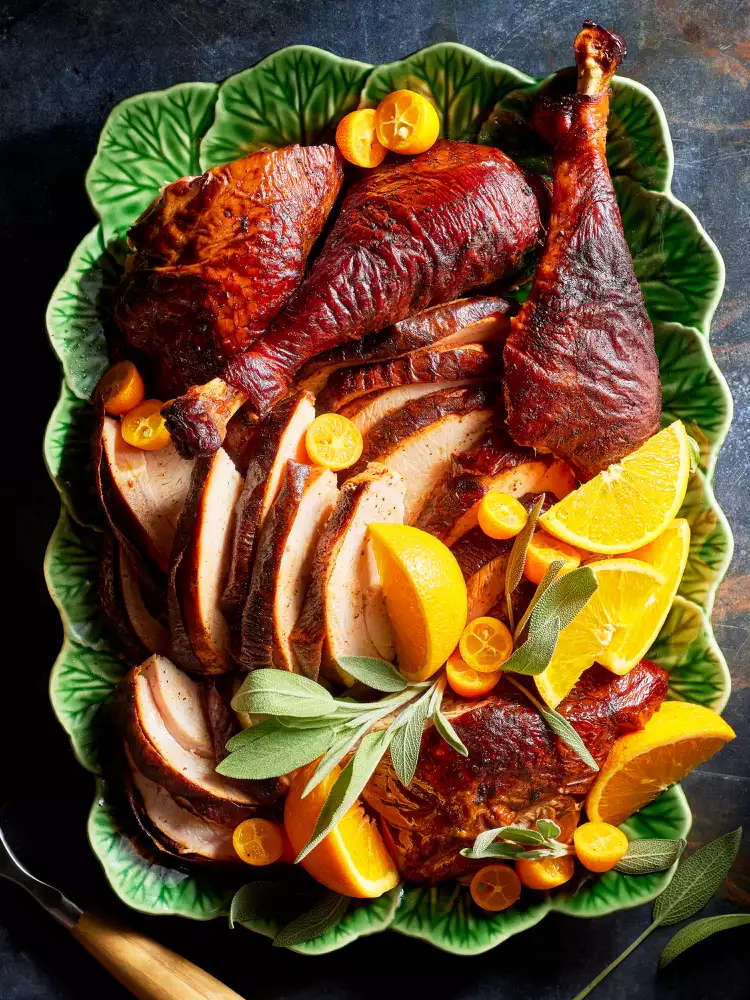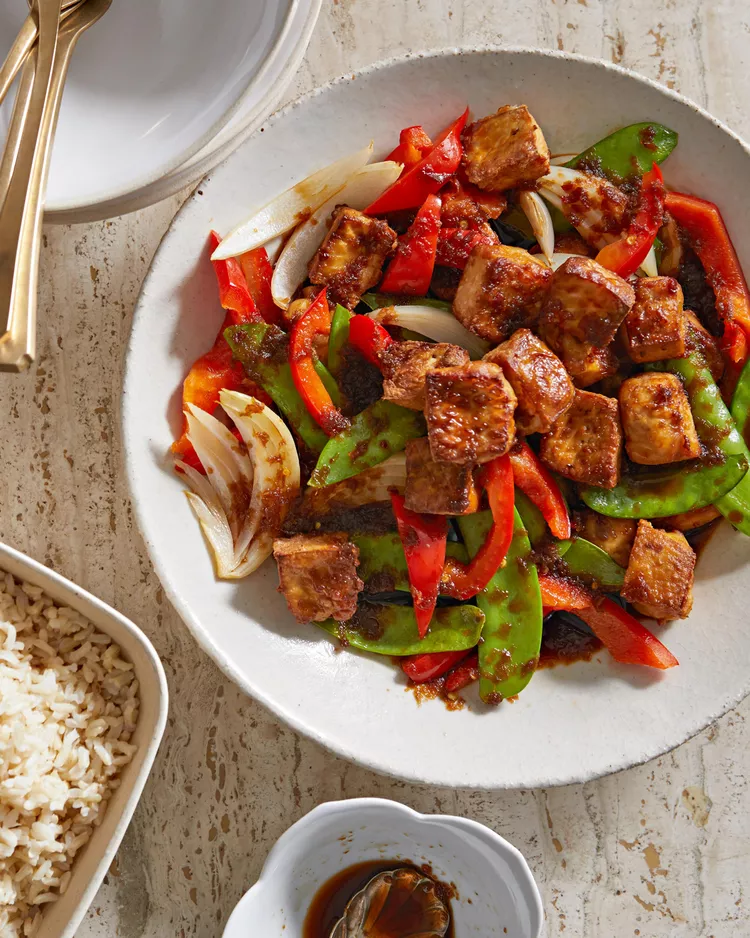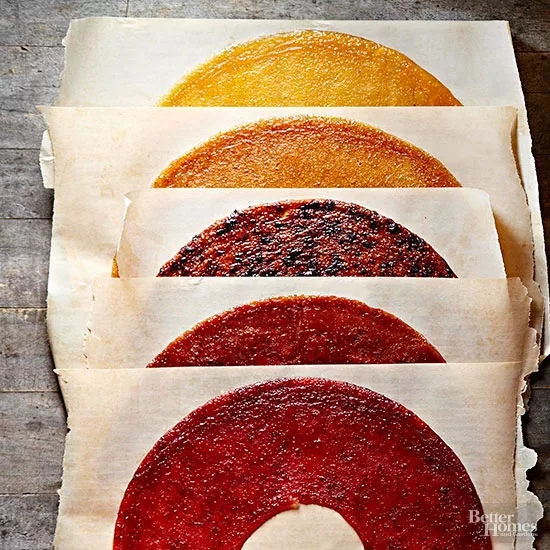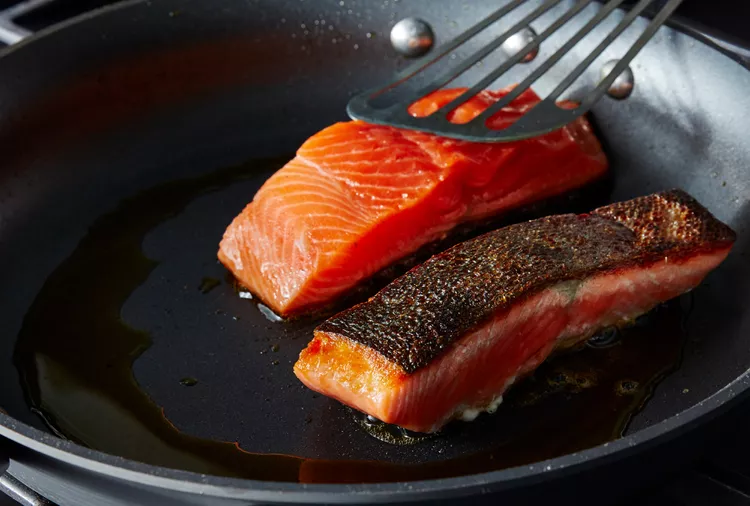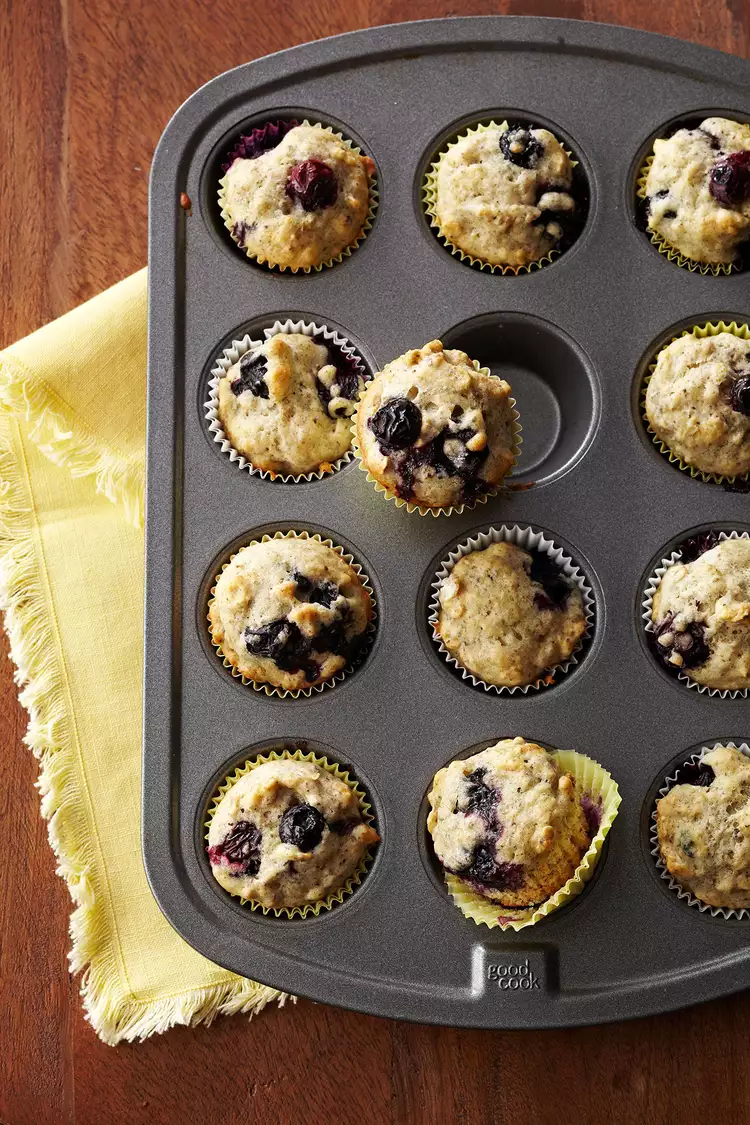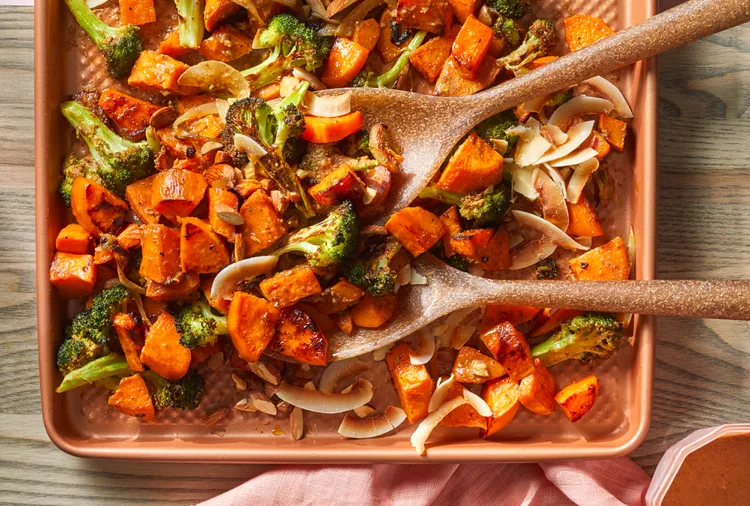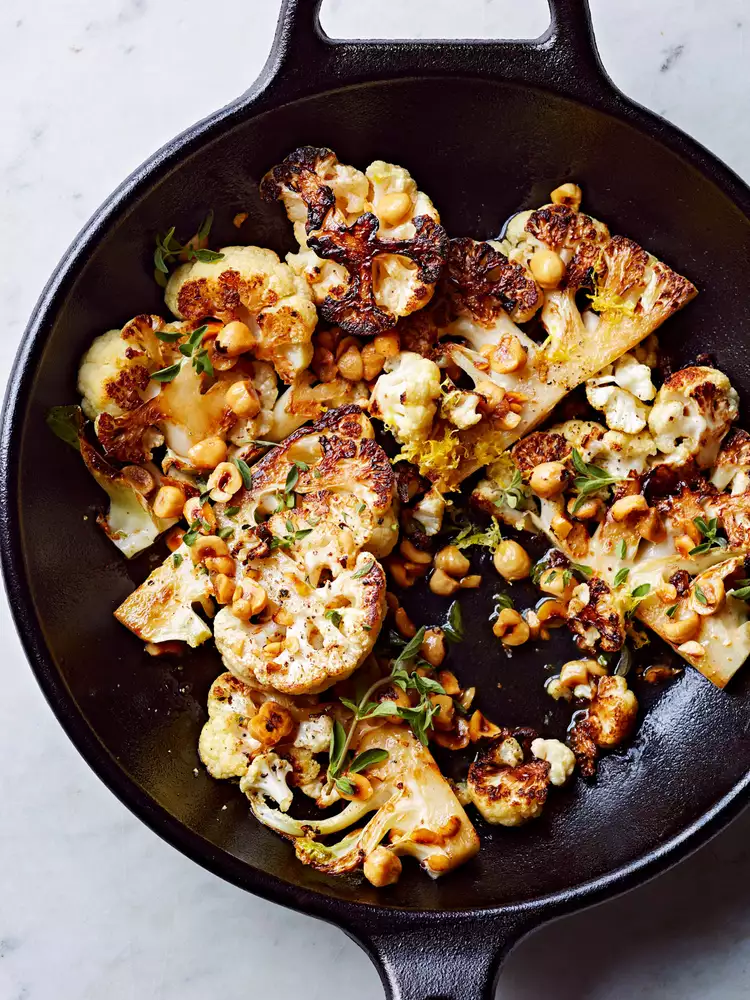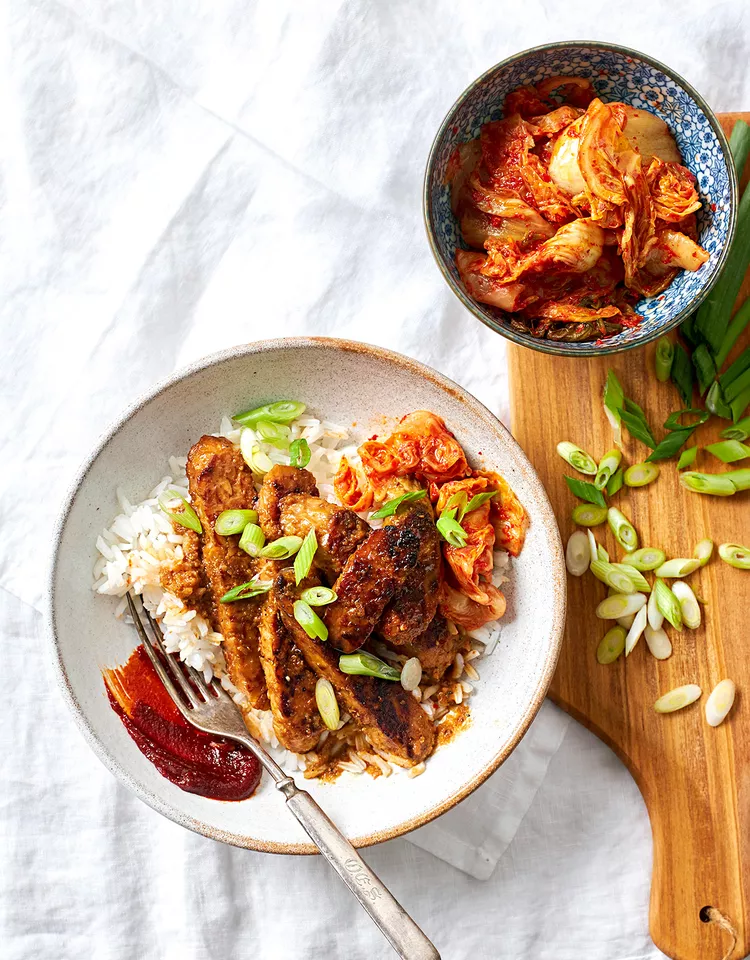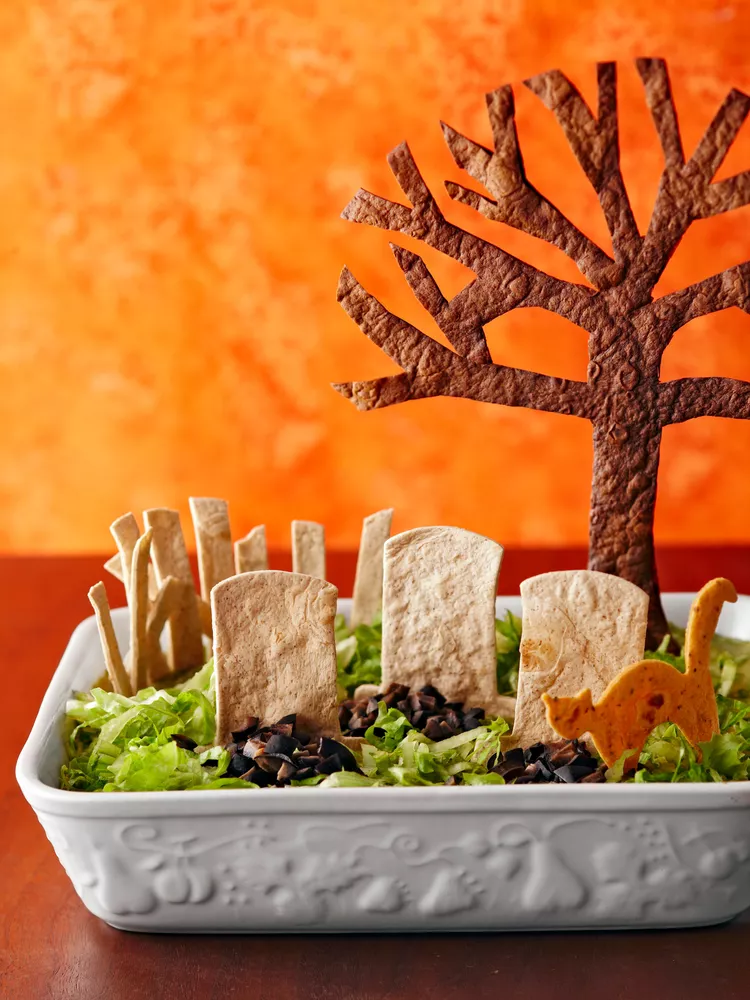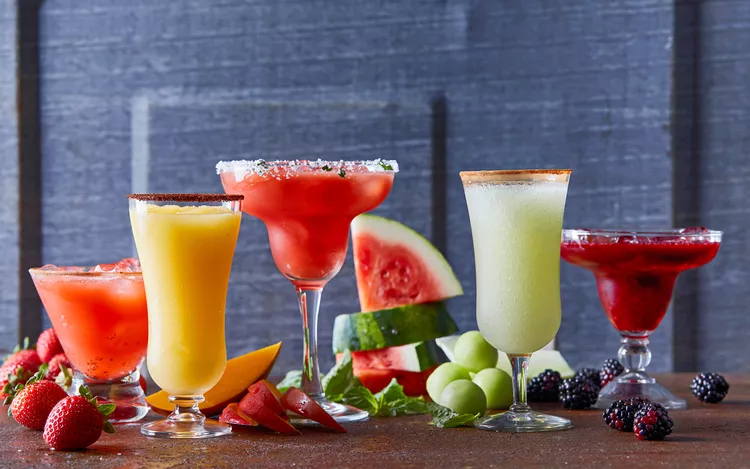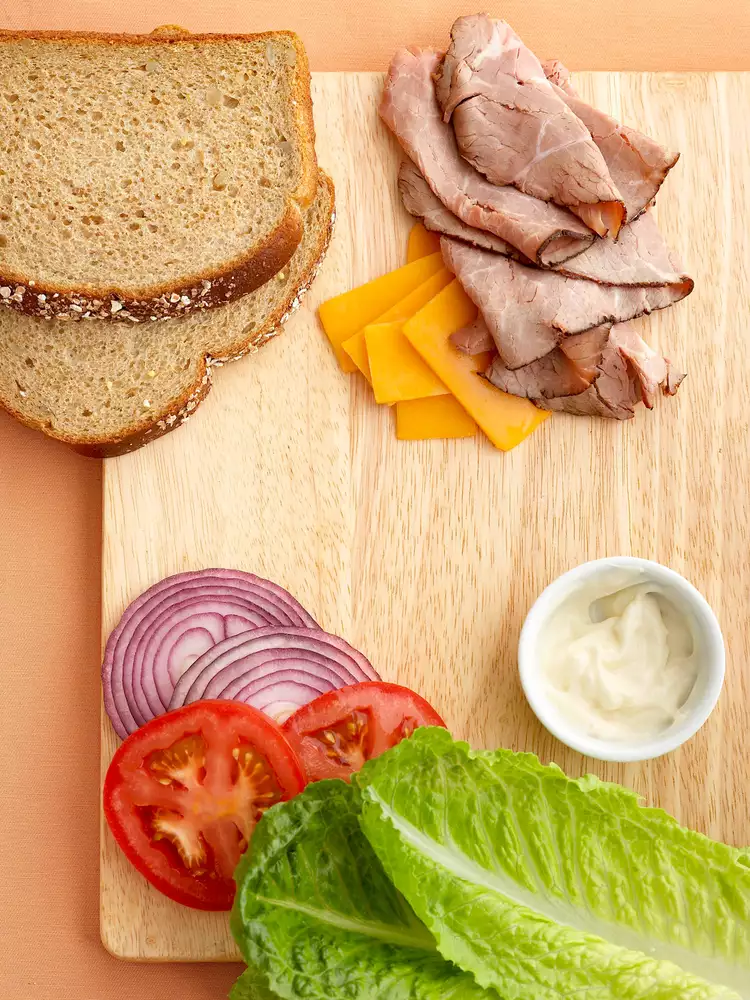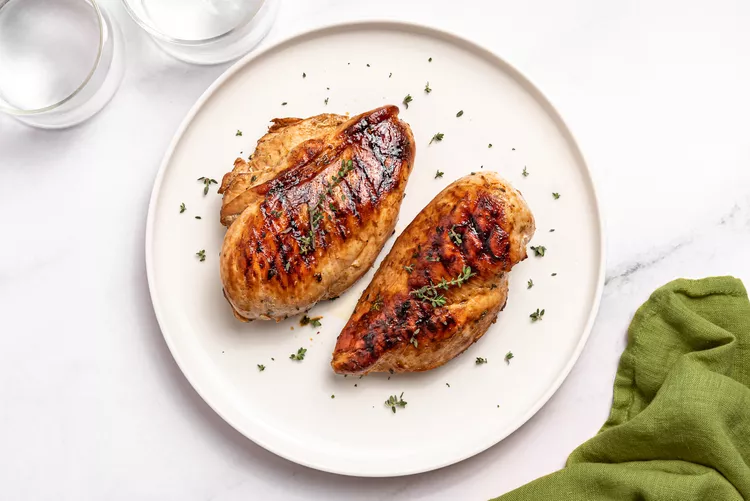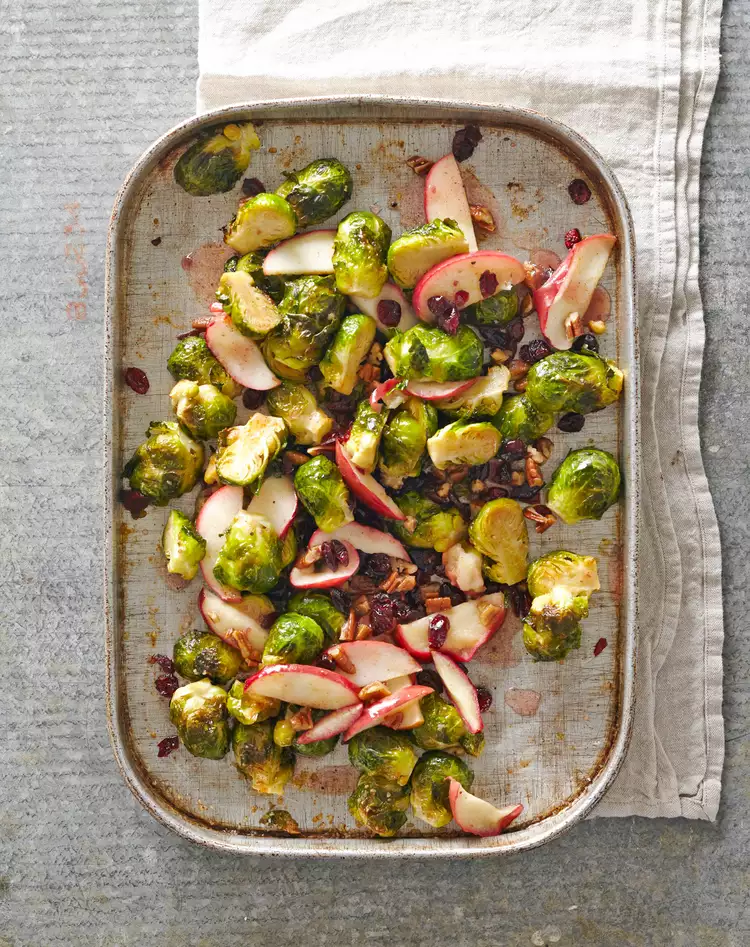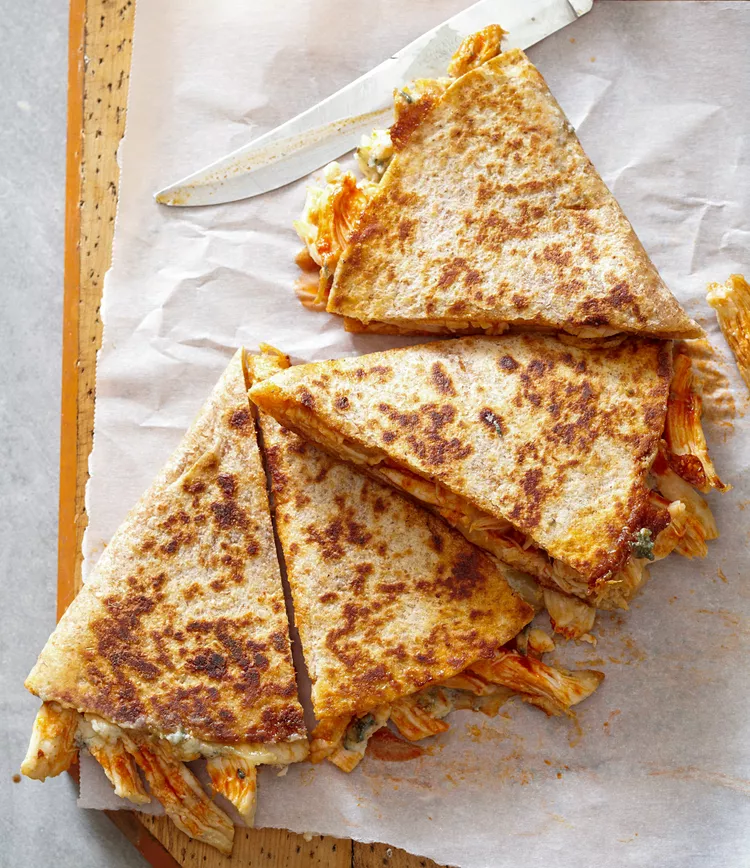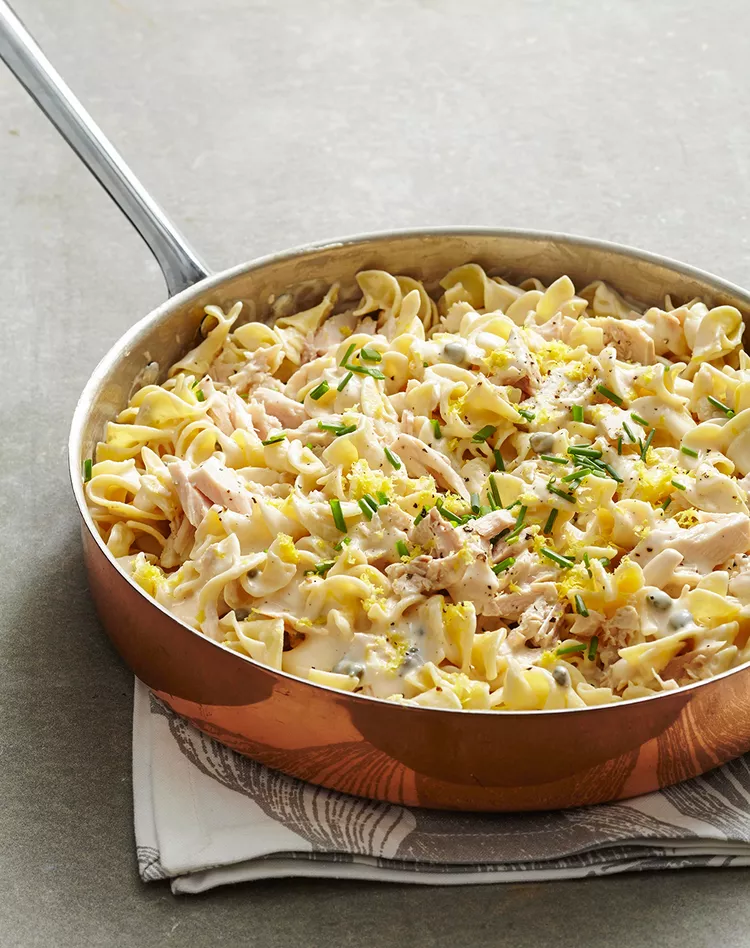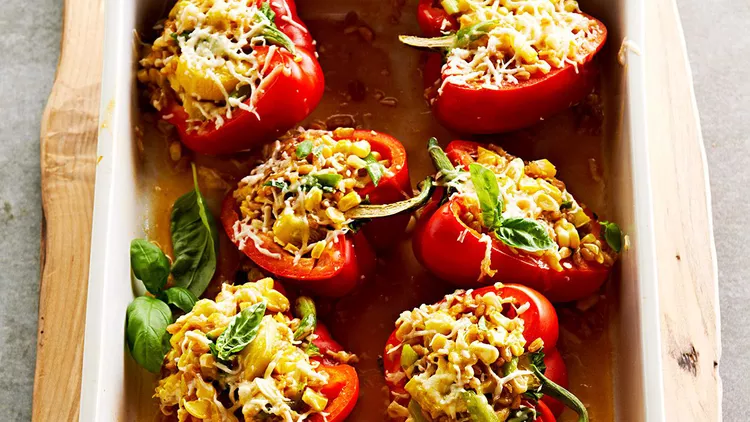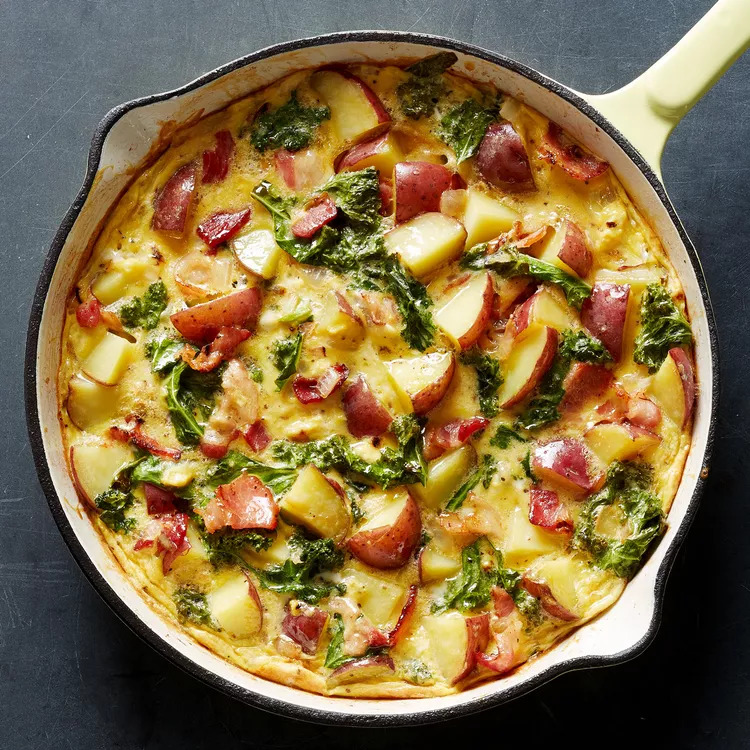Cantaloupe and honeydew are fruit salad regulars, but they're not always sweet and juicy. Avoid bland melon, and ensure your fruit is perfectly ripe right at the grocery store. It's as simple as using just a few of your senses to choose a sweet melon. To make sure you buy a melon that was picked at its prime, look for the following clues.
- Lynn Blanchard, test kitchen director, Better Homes & Gardens
- Erin Hooker, assistant food editor, Better Homes & Gardens
- Jan Miller, executive food editor, Better Homes & Gardens
- Jessica Christensen, senior food editor, Premium Publishing
When Is Melon In-Season?
You can find melon in the grocery store pretty much year round, but the peak season is during the summer months. You'll see more locally-grown melons at the farmers market from June to August.
Can You Ripen Cantaloupe?
Once a melon is harvested, its sweetness and flavor are set. Unlike some other fruits, you cannot ripen cantaloupes once they're harvested. If a melon is harvested too early, you'll be left with hard, crunchy flesh that's bland or flavorless. As the melon sits, the flesh softens without getting any sweeter.
How to Choose a Ripe Melon
The basic technique for choosing a ripe melon is the same for cantaloupe, honeydew, and muskmelon. Here are our best Test Kitchen-approved tricks for picking a sweet and juicy melon.
Pick Them Up
When shopping for melons, we like to pick them up first. "Choose melons that feel heavy for their size," says Lynn Blanchard, test kitchen director, Better Homes & Gardens. If a melon feels lighter than the others or seems hollow, choose a different one.
Feel the Rind
A ripe melon should feel firm when pressed, but not rock hard or squishy. "A cantaloupe or honeydew is ripe when you can gently depress the skin at the blossom end (opposite the stem); if you break the skin when pressing, the melon is overripe," says Jessica Christensen, senior food editor, Premium Publishing.
"Look for melons that are free from soft spots and bruises," says Blanchard. Bruised or soft spots can be a sign of rot and can speed up the spoilage of the entire melon. Jan Miller, executive food editor, Better Homes & Gardens also examines the stem end of the melon. "The stem end should be indented and should not have any fragments of a broken stem attached," says Miller. "That is a sign the melon was picked too soon."
Give Them a Smell
"Cantaloupes, honeydew melons, and muskmelons will all produce a sweet smell when ripe," says Blanchard. Miller agrees: "The blossom end (opposite the stem end) should smell sweet and like fresh melon." If the melon smells sour, musty, or funky, it's already gone bad.
Look at the Color
When choosing a cantaloupe or muskmelon, look the skin first. When the melon is ripe, the skin will be a creamy yellowish color without much green. The "netting" on the surface should be rough and textured. When choosing a honeydew melon, look for a yellow-hued rind. Skip honeydew melons that appear pale or green on the outside. "A green tint means it is not ripe," says Erin Hooker, assistant food editor, Better Homes & Gardens.
How to Store Melon
Depending on ripeness, a whole melon will last on the counter for about 5 days. Once cut, refrigerate the melon pieces in an airtight container and aim to use them within 3 days.
